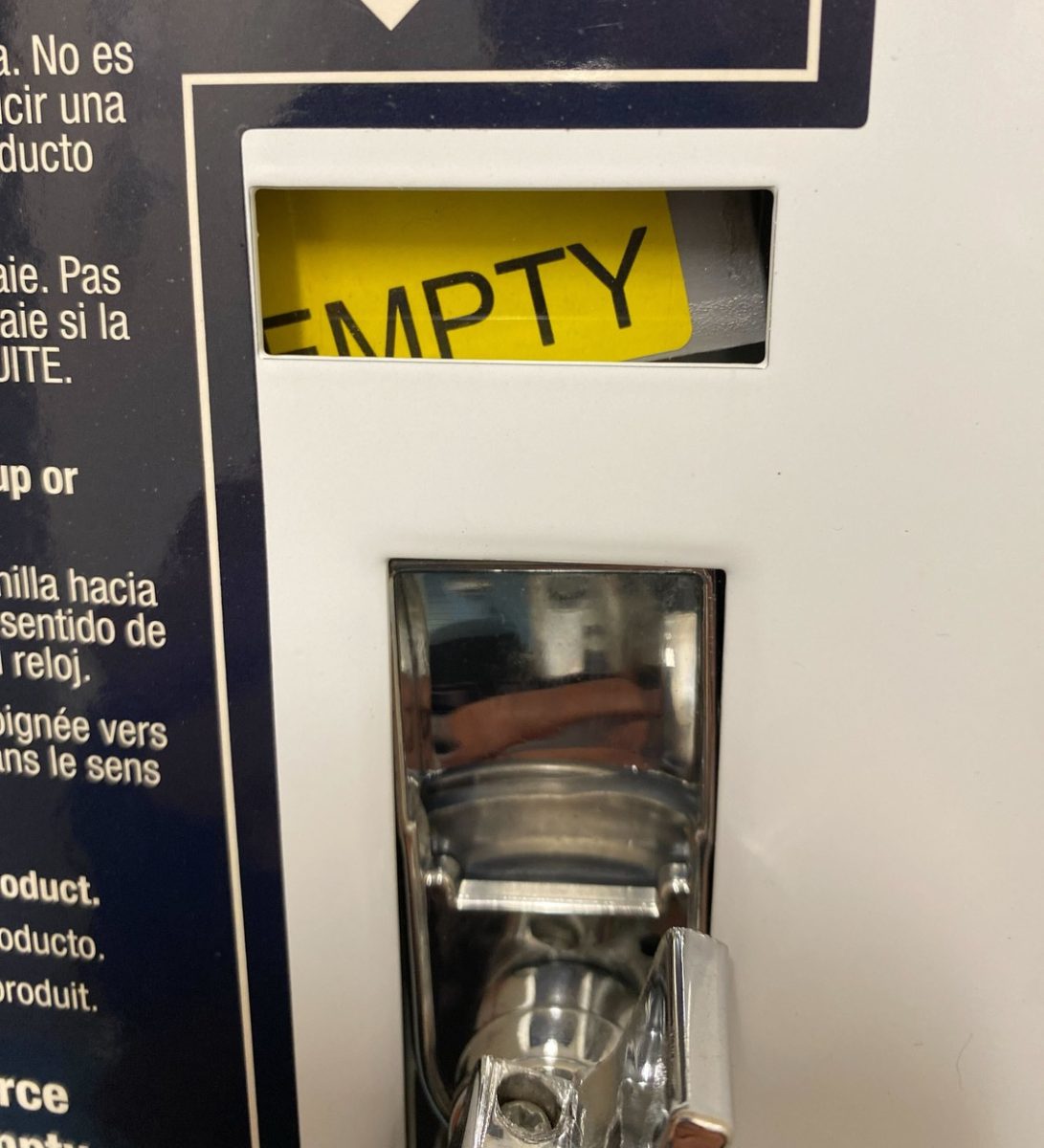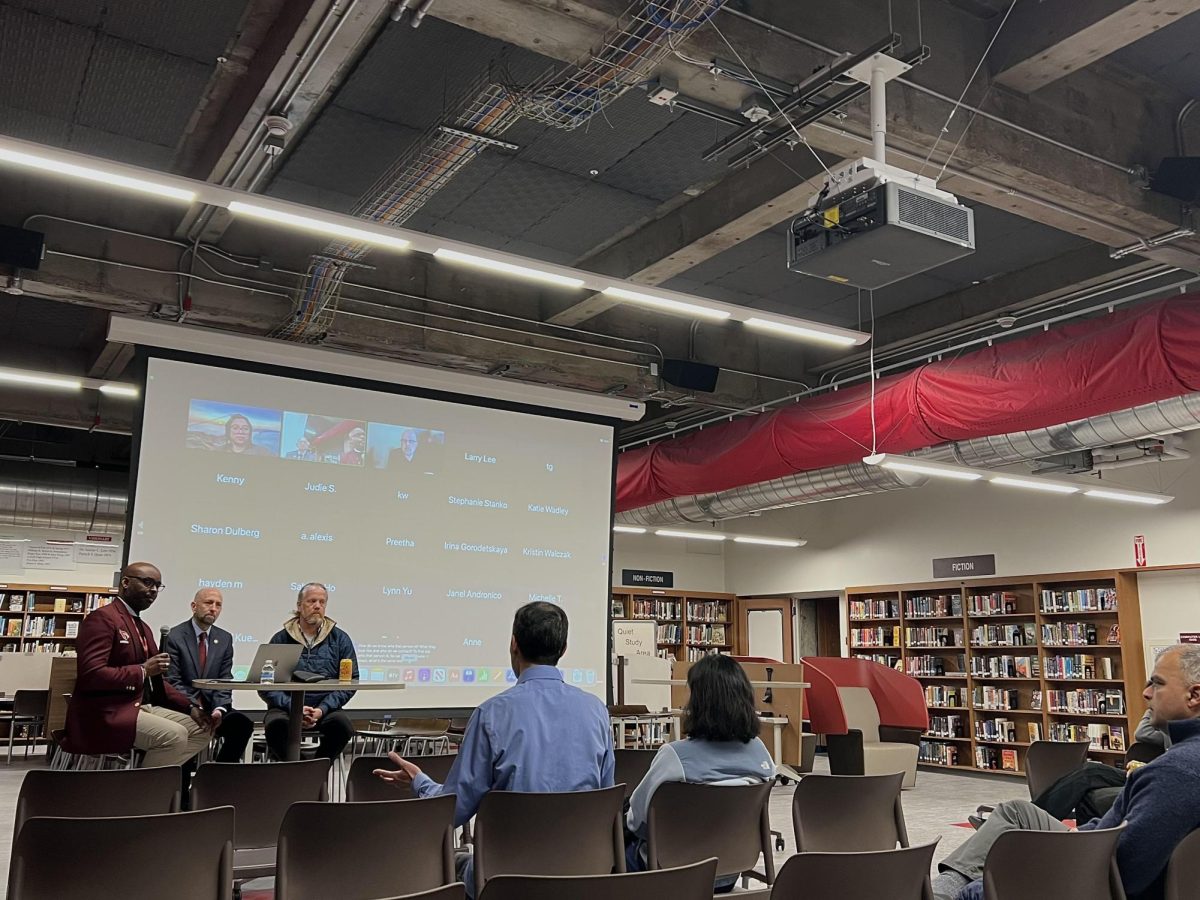
Walking down the hallways, most freshmen are no longer holding the five-pound dragonfly-covered Prentice Hall biology textbooks, but a shiny paperbound textbook entitled San Francisco Unified School District Core Curriculum: Biology.
Beginning this school year, Lowell’s biology curriculum has been entirely remodeled to align with the new Next Generation Science Standards. Adopted by the state of California in 2013 in place of the 1998 California science standards, NGSS is designed to better integrate concepts of both life science and STEM, as well as engineering practices.
What distinguishes the new textbook from the former one is the scope and sequence of the units it covers. In the Prentice Hall textbook, students start off learning about ecological systems and exploring the microscopic world of cells. Then they encounter more complicated concepts, such as genetics and evolution, before they finish the course with the study of the human body. However, in the NGSS curriculum, students will come in contact with the evolution chapter before learning about genetics and cell structure. This design is deliberate. “It allows students to revisit the concept of evolution when they learn about genetics; [the two subjects] are interrelated,” biology teacher Catherine Christensen said.
Classrooms will be more student-centered, where students will be encouraged to share and collaborate more with their groupmates and the class. In this sense, a teacher will be more of a facilitator.
Another notable redesign of the curriculum is its expanded focus on ecology. The NGSS biology course consists of two complete ecology units discussing the interactions between ecosystems and human impact on climate change and biodiversity. This change is attributed to one of the “conceptual shifts” in in the new curriculum. “NGSS are designed to prepare students for college, career, and citizenship,” reads the website of SFUSD Science Department. Indeed, NGSS call for refocusing school science to more real-world applications, where issues such as global warming should be discussed more in depth, as stated in the NSTA position statement.
While the scope and sequence of Lowell’s freshman biology course is the most essential modification under NGSS, reforms in classroom instructions also take on an non-negligible part. A major goal of NGSS is “for students to build and apply ideas in a coherent manner or progression,” says the National Science Teachers Association. NGSS require students to be proficient in utilizing claims, evidence and reasoning, or the CER model. “It is more about putting into context of these concepts,” Christensen said. “[Students] focus on deeper learning, rather than just rote memorization of facts such as definition of new vocabulary.” In addition, classrooms will be more student-centered, where students will be encouraged to share and collaborate more with their groupmates and the class. In this sense, a teacher will be more of a facilitator.

As classrooms become more diverse, SFUSD has begun developing more inclusive curriculums, such as the NGSS biology curriculum. To accommodate the needs of English learners, the NGSS textbook condenses complex information into succinct summaries. During the course, students follow the 5E instructional model, which stands for engage, explore, explain, elaborate and evaluate. As students proceed through each stage, they are exposed to a multitude of activities which help them to deepen their understanding of the key concepts. These activities range from problem solving to data analysis, and even to scientific model designing.
Designed for SFUSD students, the NGSS biology textbook includes a variety of scientific scenarios and illustrations that are relevant to San Francisco’s local community. Through these elements, “Students will be able to make connections more easily,” Christensen said.
For freshman William Feng, the textbook has integrated “a lot of information about the world we live in” which made him feel more connected to the materials, he said. However, Feng often had difficulties interpreting the graphs in the textbook. An example Feng provided was a temperature graph in which it did not align with the discussed concepts. Along with that, Feng also had a hard time understanding key terms. He suggests that these should be presented with more explanations. Overall, Feng was satisfied with the new textbook. He said the most enjoyable part of the course was that he had many lab days where he could “see the science happen.”
In the next two years, Lowell will also implement the NGSS Science Core Curriculum for regular physics and chemistry courses, according to science department head Jonathan Fong. Meanwhile, revisions of the current biology curriculum will be made continuously by the district.












